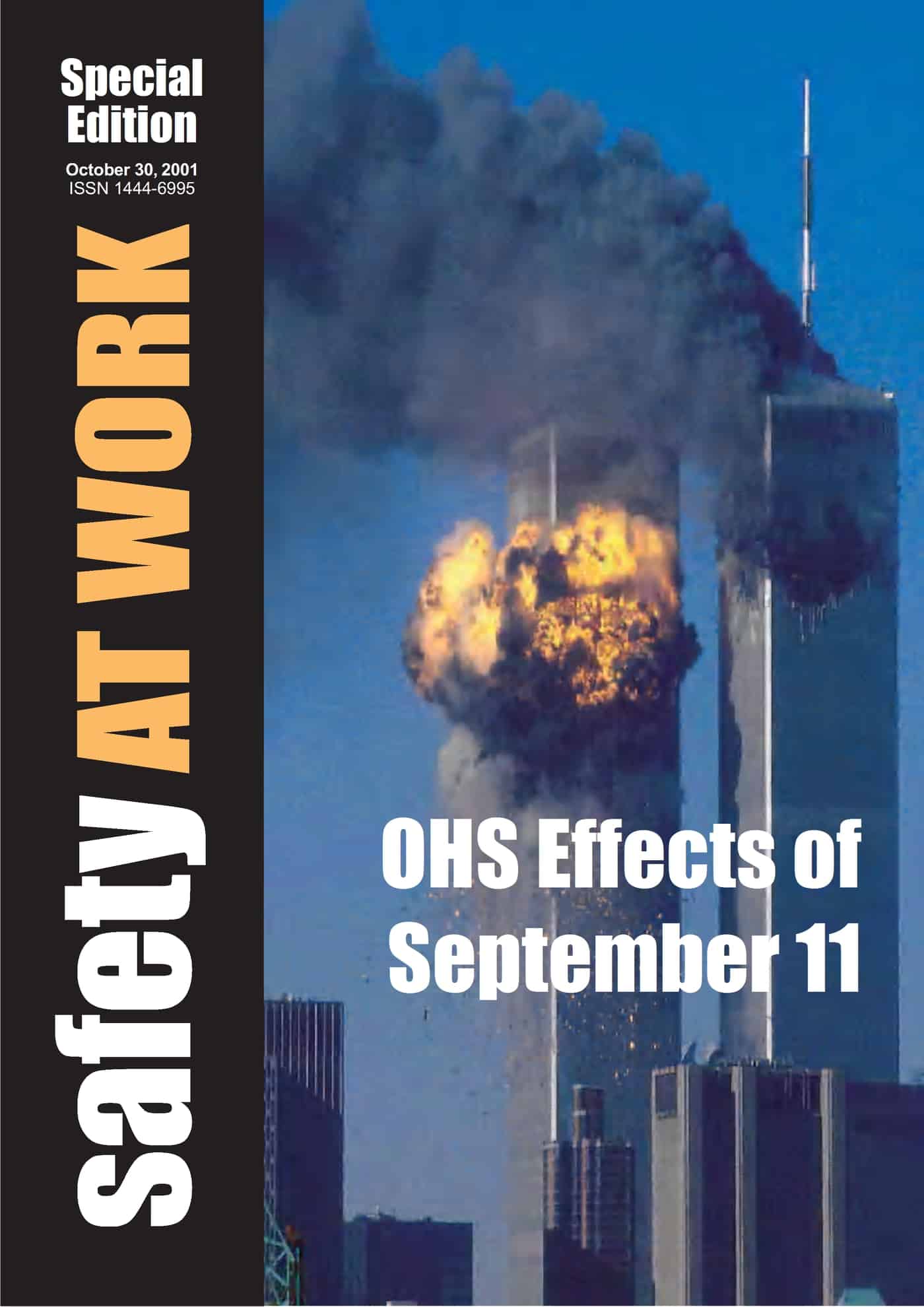According to various Australian media reports, the natural gas plant at Varanus Island in Western Australia is now back to full capacity following the major pipeline explosion in 2008.
The government has estimated that the explosion blasted $A2 billion from the state economy and will be pursuing the pipeline’s owner, Apache Energy, through the courts.
The government says the pipeline was inadequately maintained and corrosion led to the failure of the pipe.
Apache has already been in the courts seeking an injunction to stop the Western Australian Mines & Petroleum Minister, Norman Moore, from seeing a “a federal-state government report into alleged regulatory lapses that may have contributed to the Varanus Island blast”.
Apache’s move is peculiar but the WA government has become more involved in the investigation of this explosion than others and the company has not been happy with the investigation process for some time.


